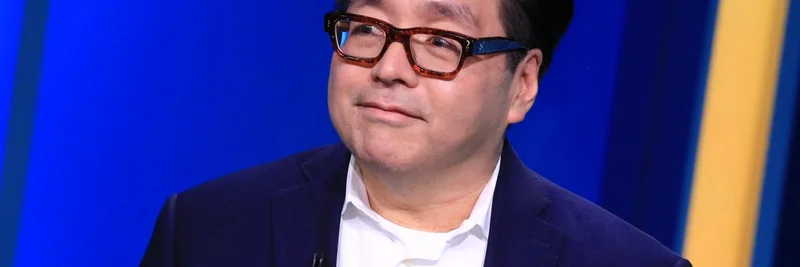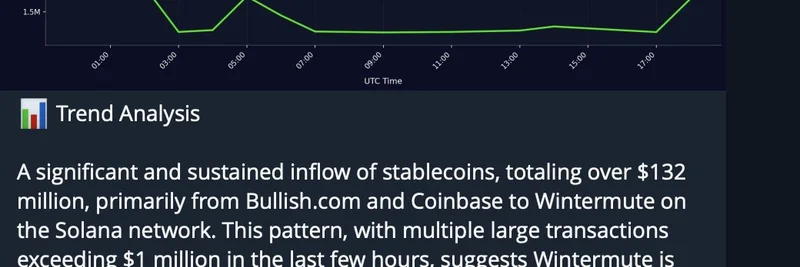BlockyBoy (BLOCKYBOY) is a meme-inspired ERC-20 token on Ethereum that leans into a playful, pixelated identity influenced by the art of Matt Furie, notably echoing vibes from his “Cortex Vortex” work. Think jagged pixels, 8‑bit armor, and a “guardian of vibes” narrative—a community-first coin that celebrates humor and memetic culture over heavy utility.
Quick facts
- Network: Ethereum
- Standard: ERC-20
- Symbol: BLOCKYBOY
- Contract: 0x76b6f7bd8857195c5165a49a6ff75f84a3f081ca
- Total supply: 420,690,000 BLOCKYBOY
- Circulating supply: ~420.69 million BLOCKYBOY
- Market cap: ~$550,000 (as of Oct 18, 2025; fluctuates)
- Holders: ~1,119 (as of Oct 18, 2025)
- Tokenomics notes: community-driven, mentions of zero taxes and burned liquidity
Network clarification
BLOCKYBOY is an Ethereum token. Searches for the contract on BscScan return no results, confirming it is not on BNB Chain. If you’re interacting with the token, make sure you’re using Ethereum-compatible wallets and explorers like Etherscan.
What makes BlockyBoy different
- Aesthetic: Pixel-art, “rough around the edges” styling that embraces meme culture.
- Narrative: Lighthearted lore about freezing liquidity for scammers and FUD bouncing off its “8‑bit armor.”
- Community-first: Oriented around “stacking” and “vibing,” with simple tokenomics and social engagement.
Tokenomics in plain English
- Total supply is fixed at 420,690,000.
- “Zero taxes” generally means you don’t pay extra fees to the token contract when you buy or sell (beyond normal DEX fees and gas).
- “Burned liquidity” typically indicates LP tokens have been sent to a burn address, aiming to reduce the chance of liquidity being pulled. Always verify liquidity status yourself on the pools you trade.
Trading BLOCKYBOY
BLOCKYBOY is primarily traded on Ethereum DEXs, especially Uniswap (v2 and v3), commonly paired with WETH. It’s also listed on the centralized Biconomy Exchange with a USDT market. Daily volume has ranged from tens of thousands to over $100K.
Recommended platforms to explore price, trades, and liquidity:
- Uniswap: search for BLOCKYBOY and verify the contract address
- Biconomy Exchange: BLOCKYBOY/USDT market
- GMGN.AI: comprehensive token page and real-time analytics at https://gmgn.ai/eth/token/fV1R5sZ5_0x76b6f7bd8857195c5165a49a6ff75f84a3f081ca
How to trade on Uniswap (simple steps)
- Connect a wallet (e.g., MetaMask) to Uniswap.
- Select the BLOCKYBOY token by pasting the contract: 0x76b6f7bd8857195c5165a49a6ff75f84a3f081ca.
- Choose WETH or ETH as your pay token. Note: WETH is ETH wrapped to the ERC‑20 standard to work smoothly with DEXs.
- Set slippage only as needed; start low and adjust if the trade fails.
- Confirm the swap and pay Ethereum gas fees. Always double-check the token contract to avoid impostors.
Community and resources
- Website: blockyboy.vip
- X (Twitter): twitter.com/blockyboyeth
- Telegram: The project maintains a community channel (check official links from the website or X).
Security notes
Tools can provide signals, but they aren’t perfect. On DEXTools’ pair explorer, BLOCKYBOY shows:
- Go+ Security: 2 issues flagged
- Token Sniffer score: 100/100
Treat these as indicators—not guarantees. Always:
- Validate the contract address before trading.
- Review liquidity lock/burn details.
- Watch for abnormal taxes or transfer restrictions.
- Start with small test transactions if you’re unsure.
Why traders use analytics platforms
Meme tokens move fast. Platforms like GMGN.AI can help you:
- Monitor live trades, holders, and liquidity shifts.
- Track “smart money” wallets for pattern recognition.
- Set alerts and manage positions across multiple chains.
You can explore the BLOCKYBOY page directly: https://gmgn.ai/eth/token/fV1R5sZ5_0x76b6f7bd8857195c5165a49a6ff75f84a3f081ca
Final thoughts
BlockyBoy by Matt Furie is a culture-first meme coin on Ethereum that leans into humor, pixels, and community momentum rather than traditional utility. If you vibe with its aesthetic and lore, keep your risk in check, do your own research, and use reputable tools and venues when trading. As with all meme coins, volatility can be extreme—only invest what you can afford to lose.




